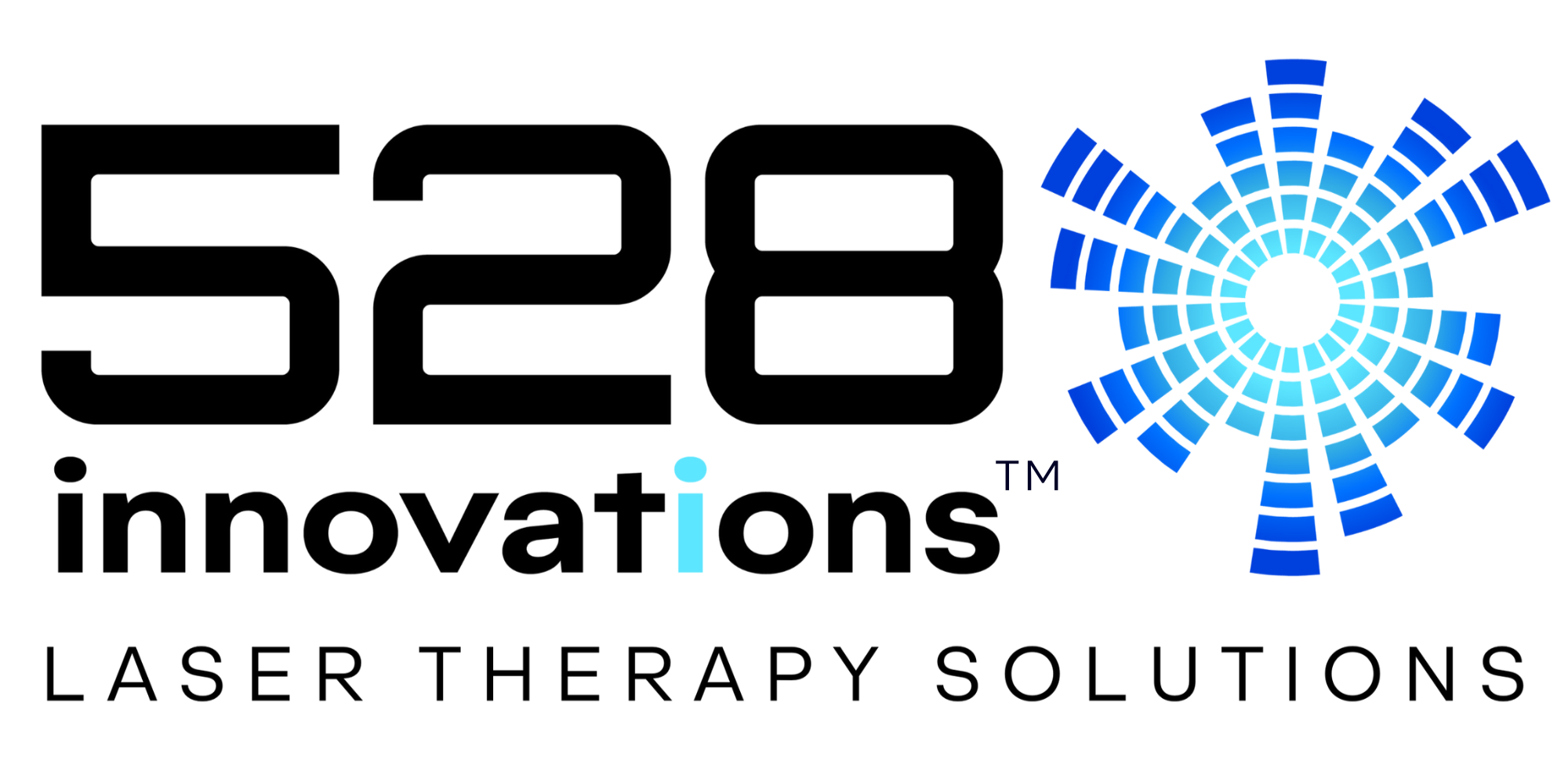The Science of BrainFlow Illuminate: How 808nm Light Fuels Brain Vitality and Repair
The human brain is an energy-intensive organ that depends on constant oxygen and nutrient delivery to sustain its complex functions. When circulation, oxygenation, or cellular energy production decline, the effects are widespread—impacting cognition, focus, mood, and even long-term brain health. The BrainFlow Illuminate preset is designed to address these root biological needs by applying 808nm near-infrared (NIR) light to key vascular pathways, helping restore the brain’s natural rhythm of energy, clarity, and regeneration.
Circulation and Oxygenation: The Foundation of Brain Vitality
The brain consumes approximately 20% of the body’s oxygen supply, despite making up only about 2% of total body weight (Attwell & Laughlin, 2001). This oxygen fuels mitochondrial respiration, the process that creates adenosine triphosphate (ATP)—the body’s cellular energy currency. Optimal cerebral blood flow (CBF) ensures that neurons receive the oxygen and glucose necessary for efficient ATP generation and waste removal.
Near-infrared light at 808nm penetrates deeply into tissue, reaching the carotid and vertebral arteries—major vessels that supply oxygenated blood to the brain. Studies have shown that NIR light can improve CBF and oxygen metabolism through vasodilation and enhanced nitric oxide (NO) signaling (Hamblin, 2016; Tian et al., 2016). These effects are particularly relevant to neurological resilience, as improved circulation supports both acute recovery and long-term neuronal maintenance.
Mitochondrial Activation: Energizing Neural Repair
At the core of photobiomodulation is its ability to stimulate mitochondrial enzymes, especially cytochrome c oxidase (CCO)—the terminal enzyme of the electron transport chain responsible for ATP synthesis. CCO has specific absorption peaks in the red and near-infrared spectrum, particularly around 808nm (Karu, 2010). When light photons reach these enzymes, they can displace inhibitory nitric oxide molecules, freeing the enzyme to increase electron transport, oxygen consumption, and ATP production.
This photoactivation of mitochondrial function not only enhances cellular energy but also triggers downstream effects critical to neurorepair:
-
Increased ATP availability, supporting neuronal firing and glial activity
-
Reduction in oxidative stress, balancing reactive oxygen species (ROS)
-
Upregulation of neuroprotective factors, including brain-derived neurotrophic factor (BDNF)
-
Improved synaptic plasticity, aiding memory and learning functions
Together, these mechanisms provide the biological foundation for the restorative effects observed with 808nm stimulation in both healthy and injured brain tissue.
Inflammation and Oxidative Stress: Balancing the Brain’s Internal Environment
Chronic neuroinflammation and oxidative stress are key contributors to cognitive decline and impaired neural repair. Photobiomodulation using 808nm NIR light has been shown to downregulate pro-inflammatory cytokines (e.g., TNF-α, IL-1β) while increasing anti-inflammatory mediators (e.g., IL-10) (Salehpour et al., 2019). These shifts help restore redox balance and protect neurons from mitochondrial dysfunction and lipid peroxidation.
Animal and human studies have also demonstrated reduced microglial activation—an important mechanism for decreasing chronic inflammation in the central nervous system (Cassano et al., 2019; Hamblin, 2016). By modulating inflammatory pathways, photobiomodulation creates a biochemical environment that supports regeneration over degeneration.
Glymphatic Support and Waste Clearance
One of the brain’s lesser-known but essential processes is glymphatic clearance—a fluid-based system that removes metabolic waste, toxins, and excess proteins from the brain during rest. Impaired glymphatic function has been associated with neurodegenerative conditions and reduced cognitive performance.
Recent evidence suggests that improved cerebral circulation and vascular tone—both supported by 808nm photobiomodulation—can enhance glymphatic transport (Liu et al., 2020). Promoting endothelial health and oxygen delivery help facilitate the brain’s self-cleaning mechanisms, further supporting repair and long-term vitality.
Clinical Evidence for Brain Vitality and Repair
The therapeutic potential of 808nm photobiomodulation has been explored in multiple neurological contexts:
-
Traumatic brain injury (TBI) – 808nm stimulation improved cerebral oxygenation, reduced edema, and enhanced cognitive recovery (Naeser et al., 2011; Henderson & Morries, 2015).
-
Neurodegenerative support – Animal studies demonstrate mitochondrial restoration, reduced neuroinflammation, and neurogenesis following NIR exposure (Tian et al., 2016).
-
Cognitive enhancement – Human trials show improved attention, mood, and working memory following transcranial NIR light application (Cassano et al., 2019).
These findings collectively support the role of 808nm light as a safe, non-invasive modality that optimizes brain energetics, circulation, and repair processes.
Safe, Natural, and Evidence-Based
Photobiomodulation using 808nm light operates within a non-thermal, biostimulatory range—making it a safe and well-tolerated therapy when applied appropriately. It supports the body’s inherent mechanisms of balance and restoration without introducing external chemicals or stimulants.
Illuminating the Path to Neurological Renewal
The BrainFlow Illuminate preset is built upon decades of scientific discovery in light-based therapy. 528 Innovation’s Precision Guided Therapy with 808nm light, aligns with the body’s natural design—restoring oxygen flow, revitalizing mitochondria, reducing inflammation, and supporting waste clearance.
In essence, BrainFlow Illuminate helps the brain do what it is already programmed to do: reset, repair, and thrive.
References:
Attwell, D., & Laughlin, S. B. (2001). An energy budget for signaling in the grey matter of the brain. Journal of Cerebral Blood Flow & Metabolism, 21(10), 1133–1145. Cassano, P., et al. (2019).
Near-infrared transcranial photobiomodulation for major depressive disorder: Proof of concept study. Frontiers in Neuroscience, 13, 302.
Hamblin, M. R. (2016).
Shining light on the head: Photobiomodulation for brain disorders. BBA Clinical, 6, 113–124.
Henderson, T. A., & Morries, L. D. (2015). Near-infrared photonic energy penetration: Can infrared phototherapy effectively reach the human brain? Neuropsychiatric Disease and Treatment, 11, 2191–2208. Karu, T. I. (2010).
Mitochondrial signaling in mammalian cells activated by red and near-infrared radiation. Photochemistry and Photobiology, 86(5), 1089–1098.
Liu, D. D., Zhang, H., & Tang, Q. Q. (2020).
The glymphatic system and its relation to photobiomodulation therapy. Frontiers in Neuroscience, 14, 591930. Naeser, M. A., et al. (2011).
Improved cognitive function after transcranial, light-emitting diode treatments in chronic, traumatic brain injury: Two case reports. Photomedicine and Laser Surgery, 29(5), 351–358.Salehpour, F., et al. (2019).
Transcranial photobiomodulation therapy: A systematic review of mechanisms and human applications. Brain Sciences, 9(5), 93. Tian, F., et al. (2016).
Transcranial photobiomodulation with 808 nm wavelength light increases cerebral oxygenation in healthy subjects: A pilot study. Lasers in Surgery and Medicine, 48(4), 343–349.



Share:
Laser Light Therapy for Fractures: Supporting Stronger Bone Recovery